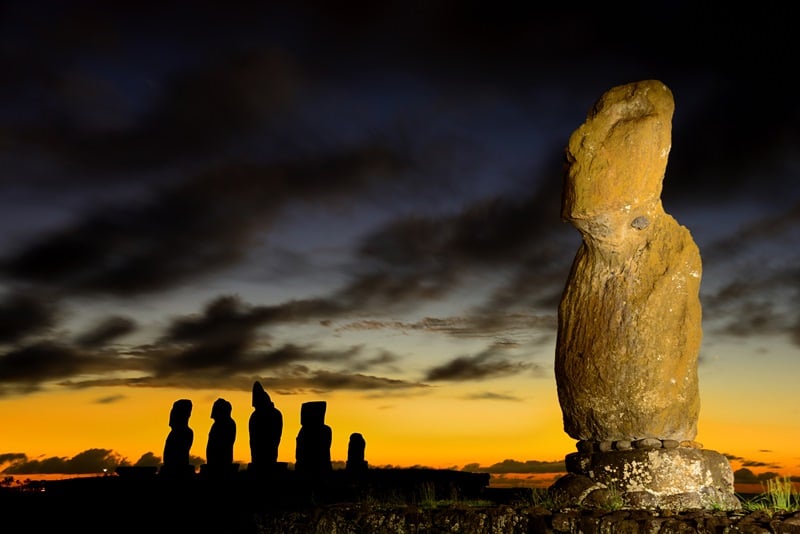Art & Exhibitions
Rather Weighty Easter Island Sculpture Travels 200 Miles To Be Star of Manchester Museum Exhibition

Photo Adam Stanford.

An Easter Island sculpture weighing nearly three-and-a-half tons has traveled from London’s British Museum to the Manchester Museum. The sculpture, from the island of Rapa Nui, made the 200-mile trip to be part of the show “Making Monuments on Rapa Nui” (April 1–September 6).
Just one of 14 sculptures carved from basalt, the 5-foot-high sculpture, Moai Hava, is the centerpiece of the exhibition, curated by University of Manchester archaeologist Colin Richards.
Most of the Pacific Ocean island’s sculptures were made of softer stone, according to the BBC. Installation of the Easter Island sculpture required powerful cranes and took four hours.
The show aims to debunk myths about Easter Island, illuminate current theories about the decline of the civilization that lived there, and describe how these mysterious works were made and what they meant to the islanders.
“Making Monuments” offers information on how the stone was quarried and transported across the island to the site where the sculptures were erected, between about 1100 and 1600 AD. The show also focuses on the pukao or top-knots the sculptures feature, which has gone little-discussed in previous research on the objects, the museum points out.
Rapa Nui was dubbed Easter Island by Western explorers and is thought to have been visited first by the Dutch in 1722.
For other artnet News stories on the British Museum, see:
Will British Museum Loan Artworks to Abu Dhabi?
British Museum to Help Save Africa’s Ancient Rock Art
Will Greece Deny British Museum Loan Over Elgin Marbles Controversy?